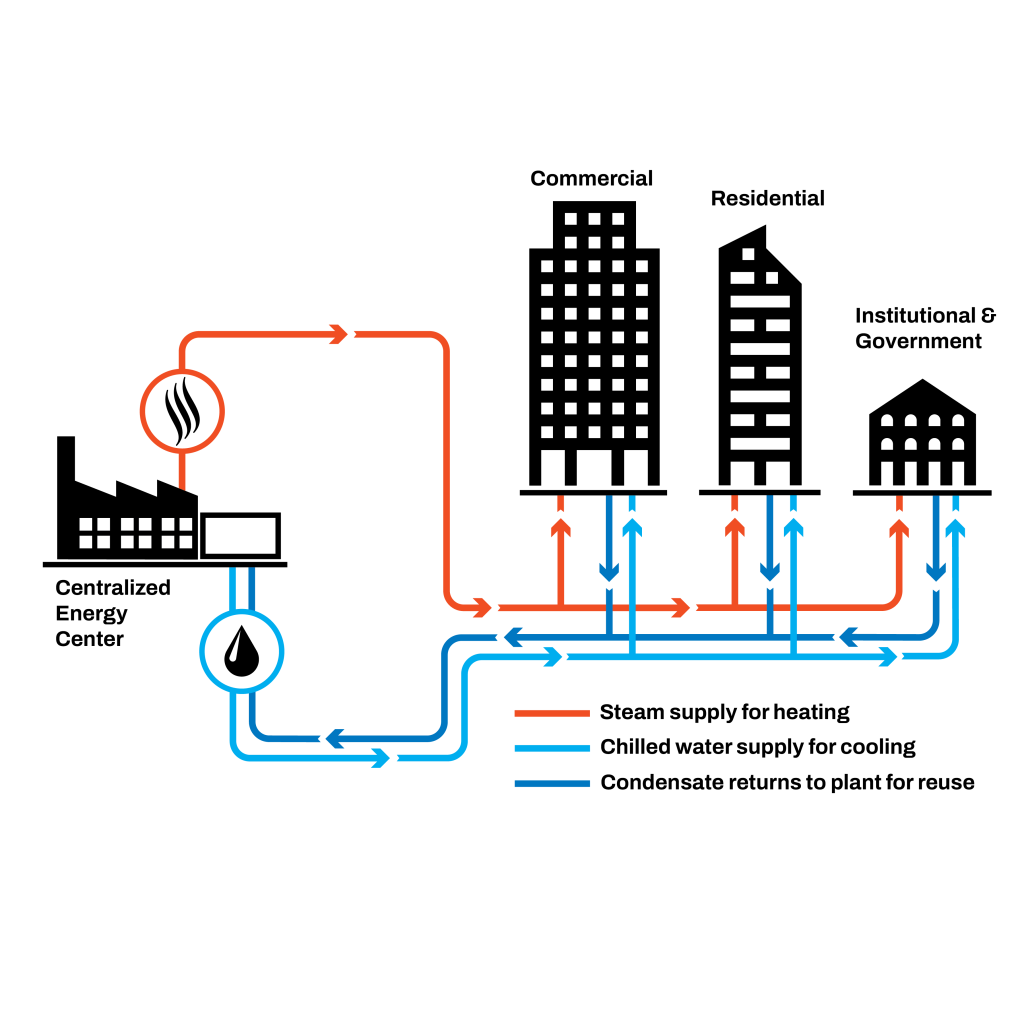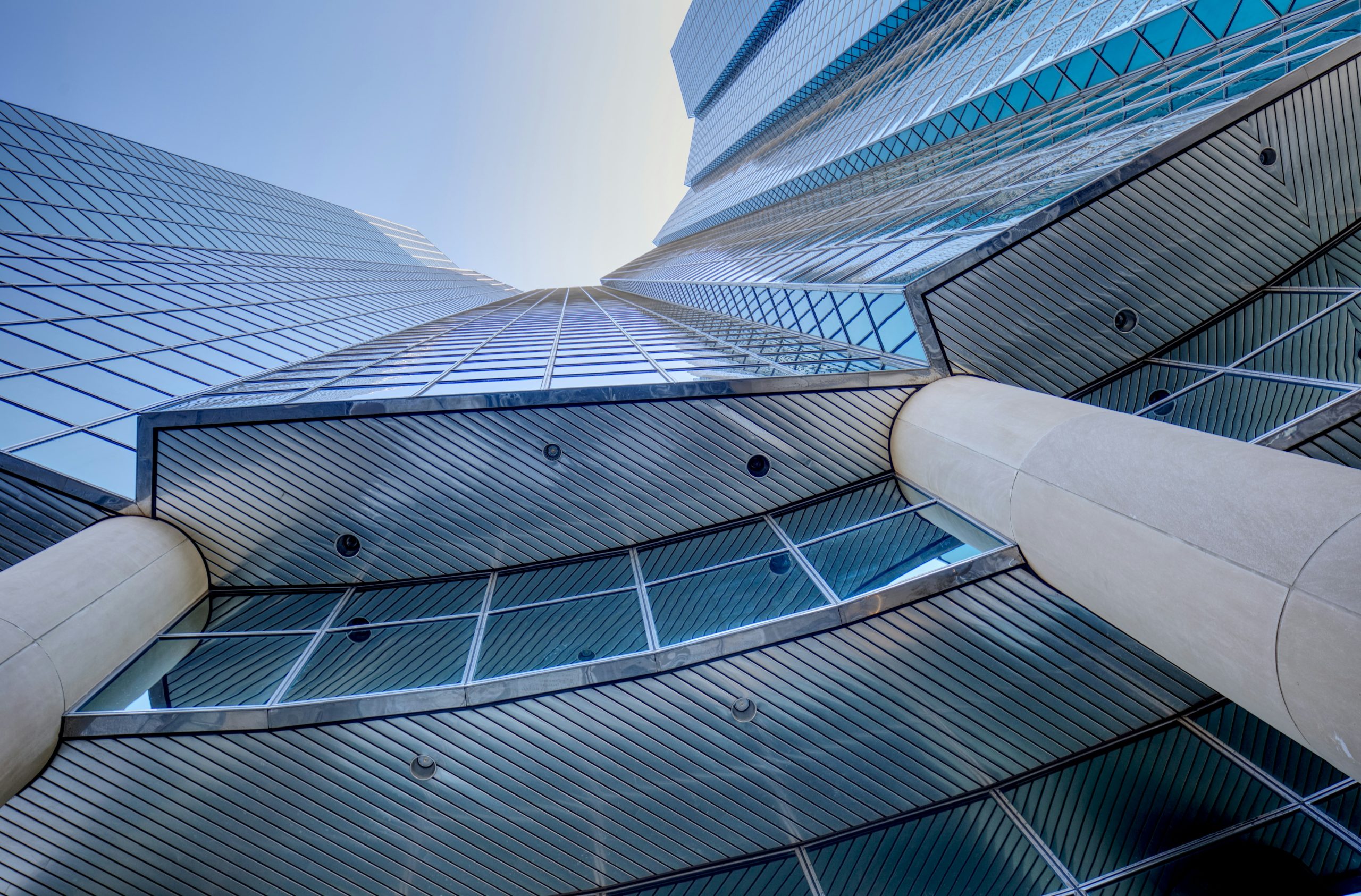Traditional Heating and Cooling System Costs Add Up
To determine the true cost of heating and cooling a commercial building, it’s important to consider not just the direct energy expenses but also indirect costs like equipment, maintenance, repairs, and any necessary upgrades to improve energy efficiency.
Equipment: Prices for commercial HVAC units can range from a few thousand dollars for small, singlezone systems to several hundred thousand dollars for large, multi-zone or central systems.
Utility: The gas and electric needed to operate a commercial HVAC system for heat and air conditioning is provided by separate utility companies and the costs vary based on several factors. In most cases, utility rates are volatile and hard to predict.
Maintenance: On average a commercial building requires $1,700 in HVAC maintenance every year. There are additional expenses for preventative maintenance and troubleshooting HVAC issues.
Space: HVAC equipment in commercial buildings require a significant amount of usable square feet. The size of the unit will depend on how many tons of heating and cooling is needed.
Replacement: The average lifespan of commercial HVAC equipment if properly maintained is 15 to 20 years. The cost to replace equipment ranges from $6,000 to $30,000.
Conducting an energy audit or consulting with professionals in the field can provide more accurate estimates specific to your commercial building.
District Energy is an Economical, Reliable, and Efficient Alternative.

District energy produces steam and chilled water at a centralized energy plant that produces heating or cooling and distributes it through a network of pipes to connected buildings. Therefore, commercial buildings on the system save on purchasing, installing, maintaining, and replacing equipment. Also, the space a traditional in building HVAC unit would take up is now free and can become leasable or usable space.
Centralized plants in district energy systems can achieve higher efficiencies through economies of scale and the utilization of advanced technologies. This results in stable, long-term rates and significant savings for users.
Also, district energy systems can provide higher reliability and redundancy since they have centralized plants and distribution networks that have built-in redundancies making them 99.9% reliable.
Additionally, district energy systems have the potential to reduce environmental impact. They can leverage more efficient energy sources, such as combined heat and power (CHP) plants or renewable energy sources. Centralized operations also allow for better control of emissions and the potential for carbon capture and storage.
In summary, district energy systems offer advantages in terms of scale, efficiency, reliability, and environmental impact when compared to traditional HVAC systems.



